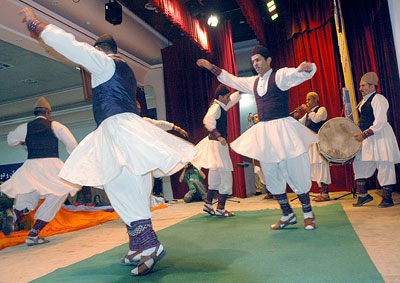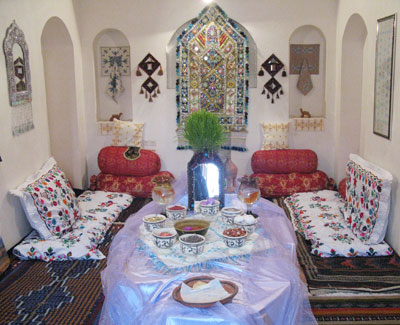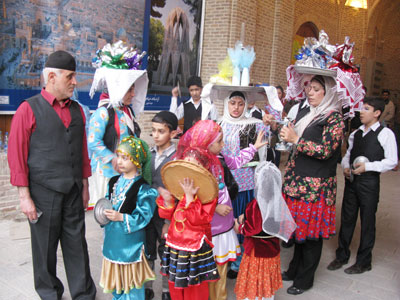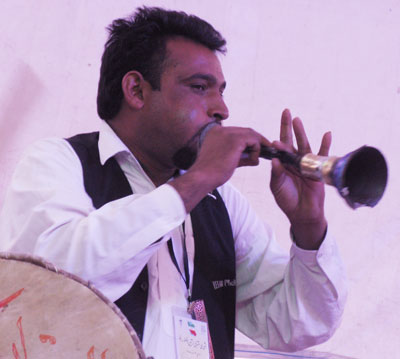Dastgah and avaz are the major components of radif. As we noted earlier, diverse modes of Persian music are classified as dastgah or avaz. Thus dastgah and avaz should be considered as suites comprising of relatively short pieces that mostly are in a definite mode and make a reasonable sequence. Each dastgah or avaz benefits from a ‘’principal’’ mode.
It gives its name to dastgah or avaz (e.g. principal mode of dastgah-e Mahur is again called Mahur). This mode makes the commencement of each suite. After is being introduced, suit modulates to other modes in a well-defined order and again returns back to the compared to avaz which is actually in all cases related to certain dastgah and derived from it.
The Persian classical music comprises of seven dastgahs and fives avazes. Shur, Nava, Segah, Chahagah, Homayun, Mahur, Rast-panjgah are the names of dastgahs, and Abu ata, Bayat-e Tork, Dashti, Afshari (all related to shur) and Esfahan (related to Homayun) are avazes. Now referring again to dastgah and avaz, radif might well be described as a model repertoire comprising of seven dastgahs and five avazes.
To be continued
Source: An Introduction to Iraninan music booklet from Mahoor Institute of Culture and Art




